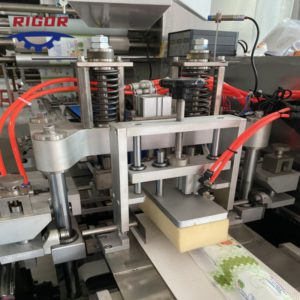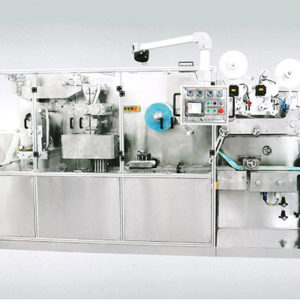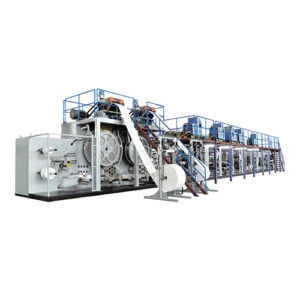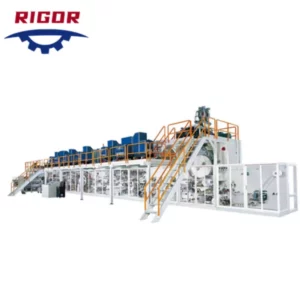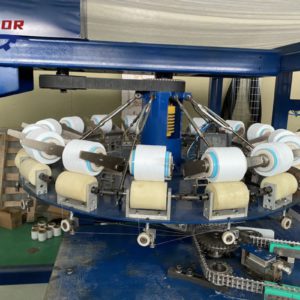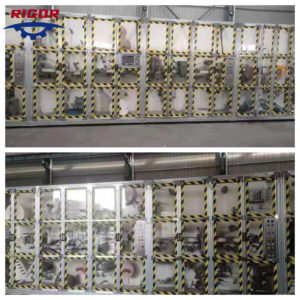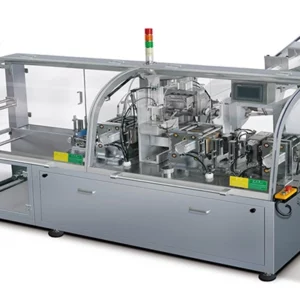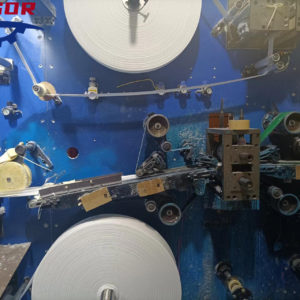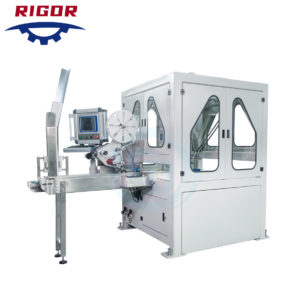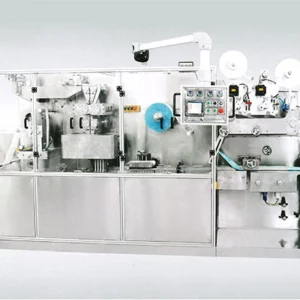Wet wipes are ubiquitous in our daily lives, from cleaning hands and faces to disinfecting surfaces and handling spills, everything is included. But how are these convenient disposable wet wipes made? The manufacturing process of wet wipes involves multiple steps of converting raw materials into finished products.
Raw material selection and unwinding

The first step in the wet wipes manufacturing process is to select suitable raw materials. Wet wipes have two key components – matrix and liquid solution. The substrate is usually a non-woven fabric made of fibers such as pulp, polyester, polypropylene, or artificial silk. The high-quality base ensures that wet wipes are durable and soft. Next, add water, anti-corrosion liquid, moisturizing lotion and other liquid solutions to saturate the matrix. The raw material fibers and substrates are unfolded from the large roll, ready for conversion.
Conversion and slitting
Then use a slitting machine to convert the non-woven fabric substrate and cut it into the desired wiping size. During the conversion process, a roller can be used to roll or emboss the fabric to give it a sense of texture. Embossing helps to control liquid absorption characteristics and improve strength. Then cut or cut the fabric into the desired wiping size, usually between 6 and 9 inches.
Liquid addition
After cutting the fabric substrate into a certain size, add a liquid solution. Liquids such as water, cleaning solution, baby wipes, and cosmetic wipes require different formulas. According to the type and application of the wiping material, use various techniques to add liquids:
Spray coating – The most common method is to use a nozzle to spray liquid onto the substrate.
Gravity conveying – liquid is poured onto one end of a moving substrate, which absorbs the liquid as it moves.
Roller coating – transfer the liquid coated roller onto the substrate.
Immersion – The substrate is immersed in a liquid bath and saturated.
Folding and packaging
After adding liquid, the wet wipes are folded to fit the packaging. Use different folding modes, such as C-fold, Z-fold, and accordion fold. Then, the folded wet wipes enter the high-speed packaging line and are placed in barrels, cans, or standing bags. The automatic machine loads accurately counted wet wipes on the packaging and seals them. Finally, apply labels with detailed product information.
Quality control and testing
Quality control is crucial at every stage of wet wipes production. Various tests were conducted on raw materials and finished products to ensure that performance and safety standards were met. Test and measure liquid absorption, wiping strength and durability, bacterial count, and residual chemical substance levels. Only wet wipes that have passed all tests can enter the market.
Summary of Wet Wipe Production Process
In summary, the manufacturing process of wet wipes includes selecting raw materials, converting non-woven fabric substrates, adding liquid formulas, folding, packaging, and testing to deliver finished products that consumers use every day. Advanced automation, strict quality control, and the use of professional coating, folding, and packaging machinery enable the company to efficiently produce wet wipes on a large scale. Wet wipes manufacturers constantly innovate substrates, liquid formulas, and packaging to improve the performance of wet wipes and meet the ever-changing consumer needs.
